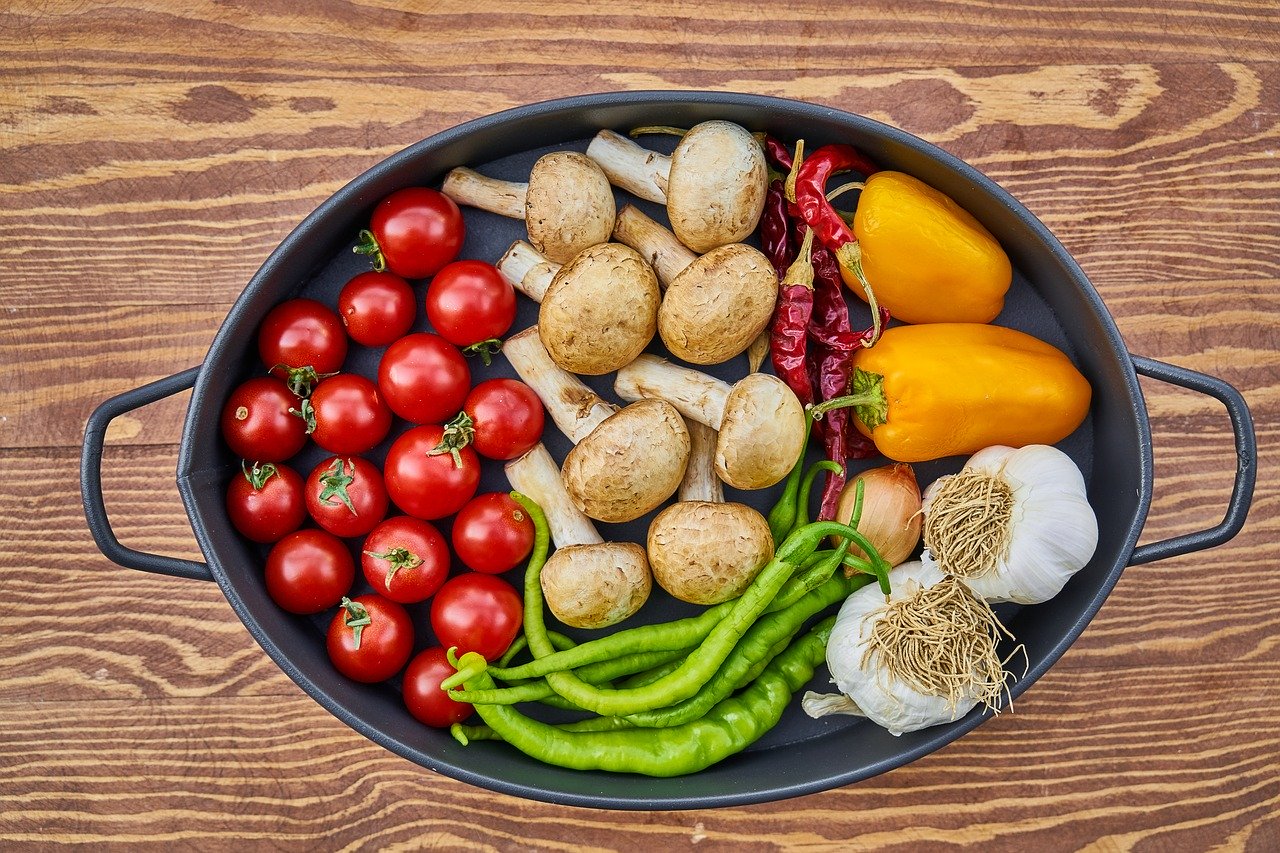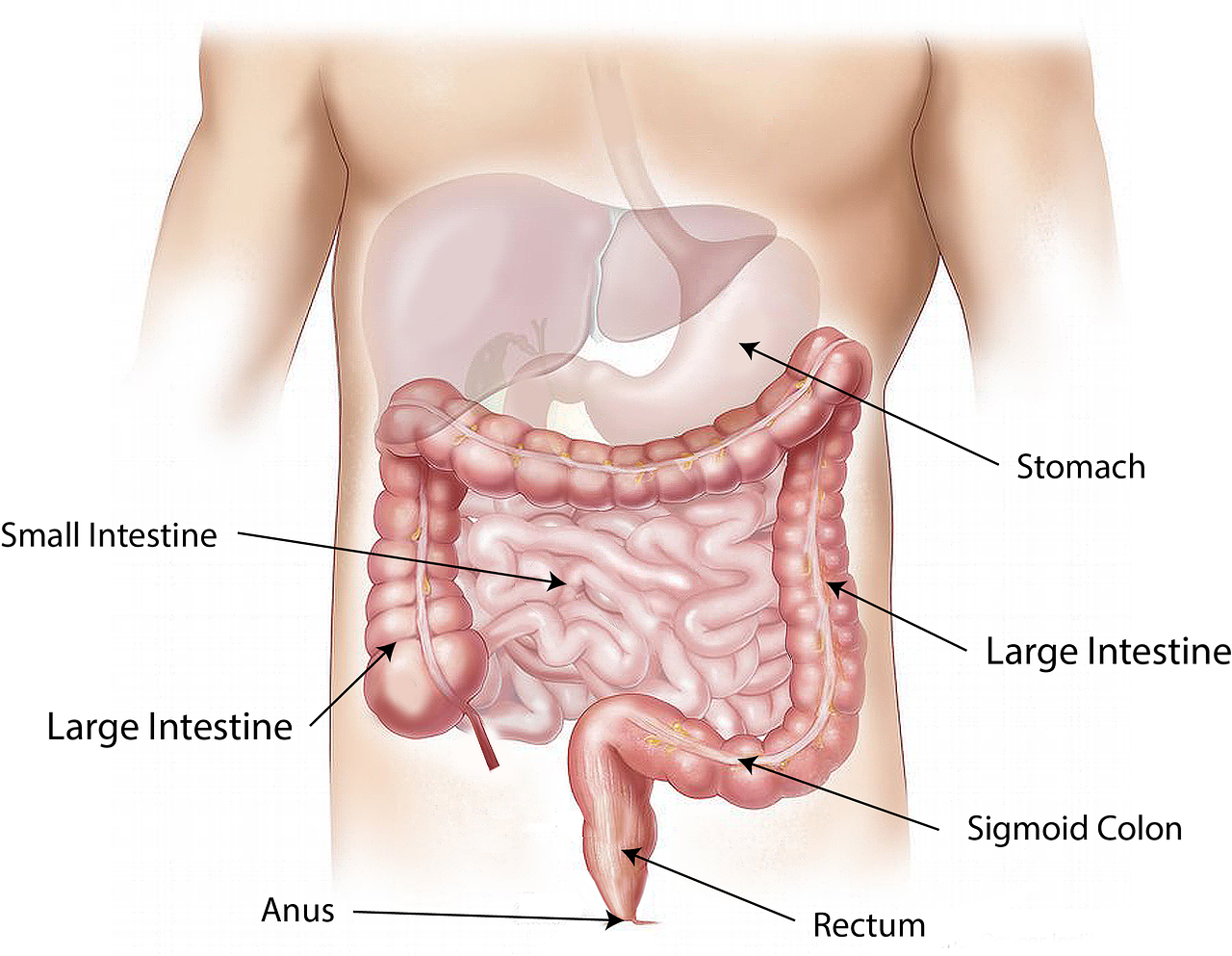As people have started paying more attention to what they eat, the organic market is taking the front seat globally. Whether it is about supplementing diet with high protein sources or following popular diet plans, many are turning towards a healthy lifestyle.
But the question remains – Is organic food worth the premium you pay for?
HealthCareers put together a research backed infographic to help us answer this question with data and stats.
Contents
Organic Food Market Statistics – The 2020 Market

Why Turn To Organic Diet?
Many studies have found that conventional food has more harmful chemicals than organically-raised food. Chemicals like pesticide residue, toxic metals, growth hormones, antibiotics, genetically modified organisms, and more have been found in non-organic food. Any of these chemicals could be enough to do your body some severe damage.
Toxic metals have significant effects and lead to kidney failure and liver damage. Since we are talking about metals, you should know that they accumulate in the body, and are dangerous even at low levels.
Conventional foods contain 4 times more pesticides than natural foods. And because of the presence of pesticides, many children can have issues with their brain development.
Some food products like Chicken have Antibiotics in them, which can make you resistant to antibiotics over the long term and make them ineffective for you when you need to recover from diseases.
Growth hormones and GMOs are added to foods only to make them look more appealing or make them last longer, which is unnatural and harmful if ingested often.
Around 90% of consumers choose organic so to steer clear of pesticides, with 70% doing the same because of GMOs. On the other hand, 40% of consumers are buying organic because of its nutritional value.
Nutrition experts claim that organic dairy products and grass-fed meat have a higher nutritional value than conventional food products.
With organic food, the crops have more time to develop and mature fully. They grow in a natural environment, which keeps the natural values of the food. The vitamins, minerals, and healthy sugars in organic foods assert to better taste as well.
Global Organic Development
What all countries around the world can agree on is the high prices of organic products. That said, many countries, especially in Europe, have an average organic food consumption per capita of $270 annually.
Switzerland takes the 1st place on that list with annual spending of $325, followed closely by Denmark with $315, Sweden with $268, Luxembourg with $227, and Austria in fifth place with $219.
Organic food sales are continuing to increase, with over $100 billion in growth and revenue of organic drink and food sales being recorded in 2018.
Taking that into consideration, organic foods and drinks are taking over the global market. Only in the USA, the total market size for these products was $16,991 million in 2018, which makes this country a leader in this department.
Germany takes 2nd place with $4,210 million, and France takes 3rd with $3,093 million.
Pre-packed salads have seen an increase of 5.7% from the year before. Next to packaged foods, top-selling categories include eggs, sandwich bread, kombucha tea, and baby formula.
The world can only expect to see more growth regarding global organic food sales. By 2027, the global organic market should reach $679.81 billion. At the moment, that number is at around $124 billion. This considerable increase is mainly attributed to consumers’ raising awareness of the benefits of organic foods.
What to Look For When Buying Organic?
What you should know before hitting an expensive organic supermarket is that there are some cheaper but equally healthy options. Local farmers’ markets are a great option to find nutritious organic fruits and vegetables. Be sure to ask the grocers how they grow their products and whether they use any pesticides or harmful ingredients when taking care of their crops.
Another tip is to buy fruits and vegetables that are in season. If you come across some greens that are not typically grown in that particular season, it’s better to skip it. For example, if you find some artichokes in January, don’t hesitate to walk away.
Additionally, shop around before deciding to buy anything. You might find even better options if you look in the frozen section. However, there are some fruits and vegetables that you do not need to buy from an organic market.
Vegetables like mushrooms, cabbage, eggplant, and sweet potatoes are generally low in pesticides. Fruits such as mango, grapefruit, avocado, kiwi, and pineapple fall into that category as well.
Bottom Line
Organic foods are expensive than conventional foods today. But the way the demand for organic food and products is increasing, technological innovations and economies of scale should reduce costs of production, processing, distribution and marketing for organic produce in the future.






Comments are off this post!